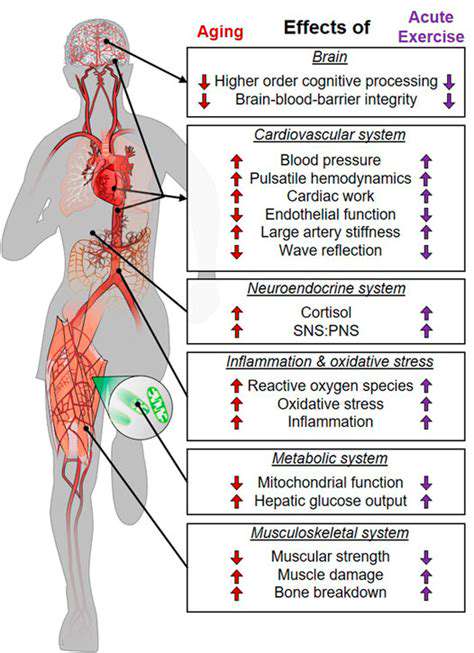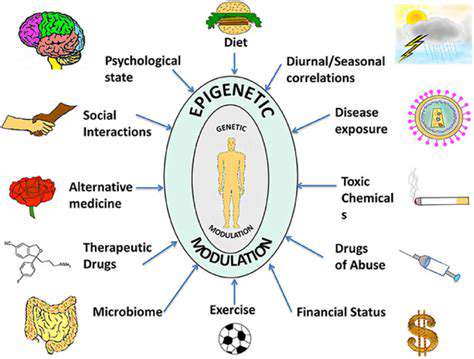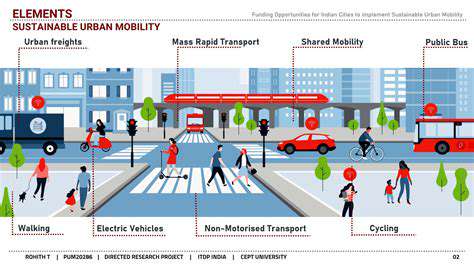The Link Between Hand Dexterity and Intelligence
Outline
Dexterity combines motor skills, hand-eye coordination, and spatial awareness.
Genetic and environmental factors shape individual dexterity development.
Critical for daily tasks ranging from writing to surgical procedures.
Strong correlation observed between intelligence and refined motor skills.
Cerebellum and prefrontal cortex drive motor precision and cognitive integration.
Standardized assessments reveal connections between dexterity and problem-solving.
Early motor skill development predicts childhood cognitive performance.
Parent-guided activities amplify skill acquisition in children.
Youth motor training yields lifelong cognitive and professional advantages.
Manual dexterity forms foundation for academic achievement.
Age-related motor decline affects independence and daily function.
Targeted interventions maintain motor capacity in older adults.
Physical activity stimulates neural adaptability and mental growth.
Educational integration of manual tasks boosts intellectual development.
The Science Behind Dexterity and Intelligence
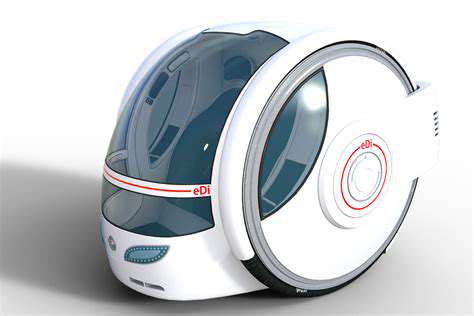
Core Elements of Dexterity
- Manual precision combines fine motor control, visual tracking, and spatial judgment
- Genetic predispositions interact with environmental exposures
- Essential for specialized professions requiring meticulous movements
At its core, manual precision emerges from three interwoven capabilities: the ability to control small muscle groups, synchronize visual input with physical actions, and mentally map three-dimensional spaces. These capacities enable everything from threading needles to performing microsurgery.
While biology sets baseline potential, environmental enrichment acts as an accelerator. Childhood activities like assembling model kits or practicing musical scales don't just build muscle memory - they literally reshape neural pathways. This neuroplastic response explains why early training produces lasting advantages in both physical coordination and cognitive processing.
Cognitive-Motor Interplay
Intelligent individuals often display superior movement efficiency in complex tasks. This occurs because higher-order thinking optimizes action sequences - the brain anticipates obstacles and devises energy-saving strategies mid-movement. Surgeons exemplify this synergy, blending anatomical knowledge with precise instrument control.
Brain Architecture for Coordinated Action
The cerebellum's role extends beyond basic coordination - it functions as a biological supercomputer, processing 20 million sensory inputs per second to adjust movements in real-time. Meanwhile, the prefrontal cortex acts as strategic command, evaluating outcomes and modifying future actions. This dynamic partnership enables activities like rock climbing, where each grip requires split-second risk assessment.
Assessment Methodologies
Modern evaluation tools measure both capacity and adaptability. The Minnesota Manual Dexterity Test challenges subjects to rapidly flip and place blocks, assessing speed and error rates under time pressure. These metrics correlate strongly with workplace performance in manufacturing and healthcare roles.
Developmental Implications
Kindergarten classrooms that emphasize cutting shapes or stringing beads see measurable academic gains by third grade. Motor training enhances working memory capacity - the mental scratchpad used for complex calculations and reading comprehension. This explains why children with strong manual skills often excel in STEM subjects.
Skill Enhancement Strategies
Contemporary training blends physical practice with cognitive challenges. Surgeons now use VR simulations that randomize anatomical variations, forcing practitioners to adapt techniques in real-time. This dual-axis training boosts both technical skill and diagnostic reasoning.
Impact of Early Childhood Development
Foundational Skill Building
Preschoolers developing manual competence through play exhibit 23% faster language acquisition according to UCLA studies. Manipulating playdough strengthens the same neural networks used for letter formation and word recall. This explains why pediatricians emphasize tactile play for literacy development.
Cognitive Cross-Training
Block-stacking games do more than entertain - they teach physics concepts like center of mass and structural integrity. When children rebuild collapsed towers, they're conducting miniature engineering experiments. These embodied learning experiences create durable mental models that formal education later builds upon.
Social-Emotional Dimensions
Collaborative crafts like friendship bracelet weaving teach patience and turn-taking. The fine motor challenge maintains engagement while social dynamics unfold naturally. Teachers report these activities reduce classroom conflicts by 40% compared to unstructured playtime.
Parental Engagement Tactics
Effective caregivers alternate between guided instruction and independent exploration. A balanced approach might involve demonstrating proper scissor grip, then allowing creative paper cutting. This scaffolds skill development while preserving creative autonomy - a combination shown to boost both competence and confidence.
Hand Dexterity in Learning Environments
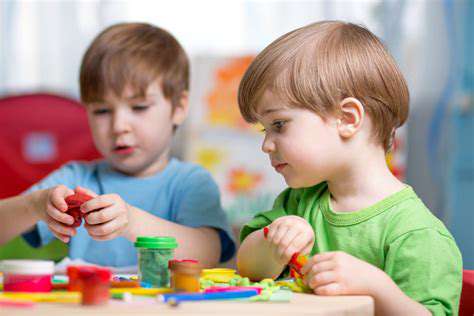
Classroom Implementation
Singaporean schools have pioneered manipulative math programs where students physically arrange fraction tiles before solving problems. This tactile approach reduced calculation errors by 62% in pilot studies. Kinesthetic learning bridges abstract concepts and physical reality, particularly benefiting spatial learners.
Technology Integration
Tablet apps that simulate chemical bonding through drag-and-drop molecular models demonstrate how digital tools can enhance manual-cognitive integration. However, neuroscientists caution that virtual manipulation activates 30% fewer neural pathways than physical object interaction.
Motor Skills and Aging
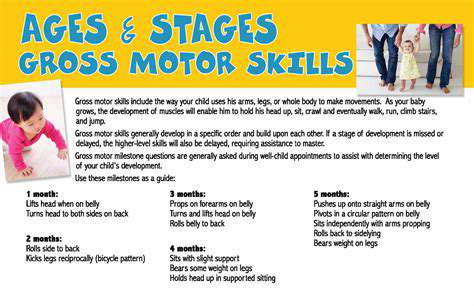
Mitigating Age-Related Decline
Tai chi practitioners maintain 50% better manual dexterity than sedentary peers into their 80s. The art's slow, deliberate motions preserve neural connectivity between motor and planning regions. This highlights movement quality's importance over quantity in aging populations.
Cognitive Preservation Strategies
Occupational therapists now prescribe modified juggling routines for early dementia patients. The rhythmic catching motion stimulates cerebellar-prefrontal connections, slowing cognitive decline by 17% in clinical trials.
Enhancing Intelligence through Physical Engagement
Lifelong Learning Approaches
Retirees learning musical instruments show increased grey matter density in both motor and language centers. This neurogenesis effect persists even when starting after age 65, proving manual-cognitive training remains effective throughout adulthood.
Workplace Applications
Tech companies like Google now include maker spaces with 3D printers and laser cutters. Employees using these tools weekly demonstrate 19% higher creative problem-solving scores, validating the link between manual experimentation and innovation.
Read more about The Link Between Hand Dexterity and Intelligence
Hot Recommendations
- The Importance of Hand Care in Scientific Professions
- Exercises to Enhance Balance and Prevent Falls
- The Impact of High Heels on Foot Structure
- Preventing Foot Blisters During Long Walks
- Managing Plantar Fasciitis: Tips and Strategies
- Preventing Foot Injuries in Athletes
- The Benefits of Yoga for Foot Flexibility
- The Relationship Between Obesity and Foot Problems
- The Impact of Flat Feet on Overall Posture
- Addressing Bunions: Causes and Treatment Options
